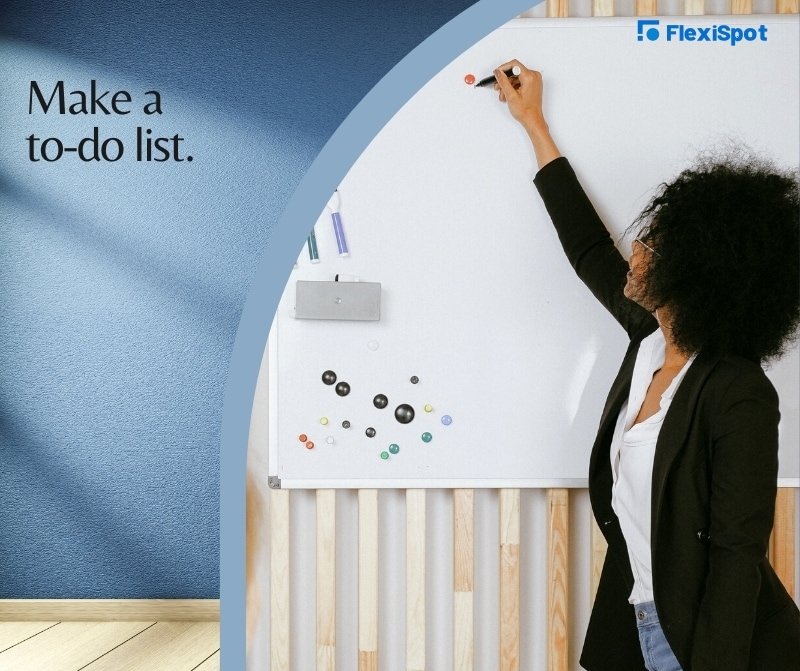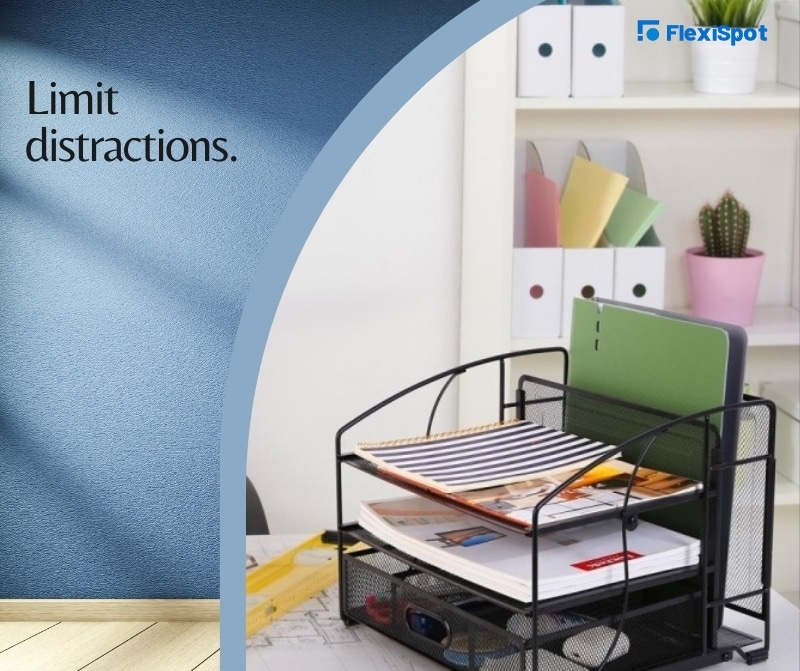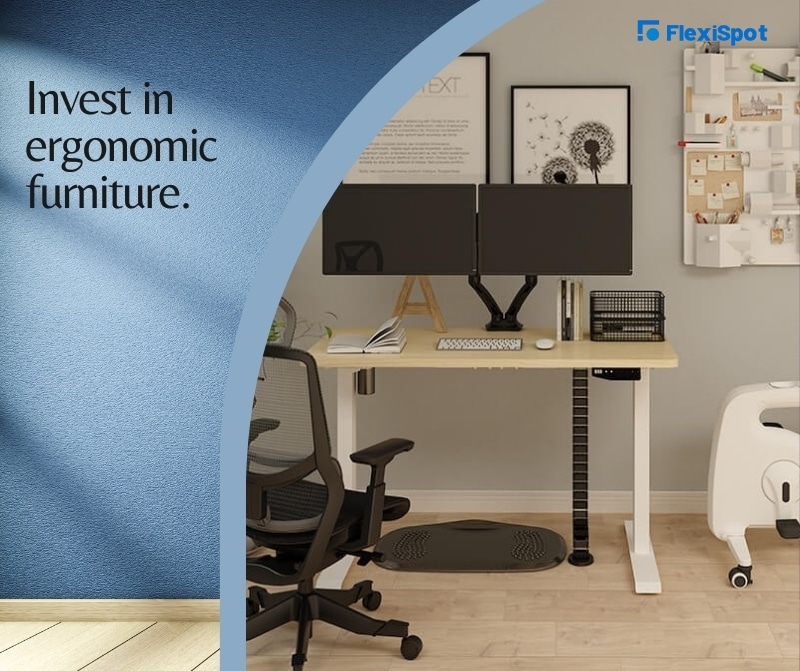When we do one task at a time, we often think that we’re superhuman. Being able to switch from one task to another isn’t exactly everyone’s expertise, and we feel great when we’re the best at it. In reality, though, multitasking can actually have a negative effect on our brains and productivity. Multiple studies show that multitaskers have an erratic mental space, struggling to switch from one task to another and having trouble distinguishing what’s relevant from what’s not.
If you have many tasks at hand, research says that multitasking is not the best solution to get all of them done and ticked off from your to-do list. The better and healthier alternative is to learn how to focus. We are our most efficient when we could give our full attention to one task at a time. Business News Daily cited a study from Bryan College that discovered multitasking costs companies $450 million globally.
Yes, it’s possible to multitask without having to experience any dire effects on one’s life. Take for instance that you could eat and binge-watch on Netflix at the same time or you may be chatting with your best friend while walking to your favorite cafe. The context and the situation would determine if multitasking is appropriate or if it will do more harm than good. Most likely in activities that require productivity, and what we want to talk about here, multitasking isn’t actually possible. Being fully focused on more than one thing at a time is not a human skill anyone could learn and develop. What really happens is the shifting of attention from one thing to another without full dedication and attention to each task. This of course affects the quality of work because the focus is divided.

It is a fact that our brains can only handle one or two complex tasks at a time. Your productivity is in danger if you try to work while chatting with your friends. You simply can’t meet your deadlines or finish your tasks with the same quality if you were doing it distractedly or you were shifting your attention from one thing to another. This process of shifting groups of information in your brain will most likely lead to mistakes being committed. Even when you’re a quote, unquote skilled multitasker, what you’re really doing is just keeping your errors to a minimum.
But with the rise of the digital era, it’s not even surprising to hear that the millennial generation changes from one platform to another 27 times in an hour. It was also discovered by the Bryan College study that IQ goes down by 15 points because of multitasking during cognitive activities. Moreover, it reduces emotional intelligence and brain density in the long run.
Because we want fast and instant, quick and “efficient,” what we get is half-baked work, stress levels at a high, and creativity at a low. In the process, more money for companies is lost when employees multitask.
Instead of “mastering” our multi-tasking ability, what we should do is to learn how to work more efficiently. Here are two tips on how to focus on one task at a time:
1. Make a to-do list.
Take your FlexiSpot Lockways Magnetic Dry-Erase Board and break down your assignments into small tasks that you have to do for the day. Tick each box as soon as you finish them. Since the dry-erase board can be mounted on the wall, find vacant wall space in your workstation where you can display it for you to see what else you have to do for the day, and to also get the satisfaction of seeing how many tasks you were already able to do. If it works for you, you can schedule each activity at a given time. It’s also suggested to make a realistic schedule by accounting for interruptions or distractions you normally get in a day.
2. Limit distractions.
The first is to clear your desk from clutter. Use the FlexiSpot Mesh Desk Organizer to help you compartmentalize your desk items. If you have to do focused work, turn off all phone and email notifications first. Let everyone know that you are running on a deadline. When others are aware of your schedule, they would less likely interrupt you for non-urgent matters.
3. Invest in ergonomic furniture.
Reducing physical pain while working limits distractions and allows you to work more efficiently. Easily shifting from one position to another can also heighten awareness so a height-adjustable standing desk can help one be energized after hours of sitting for a desk job. A standing desk converter can help improve one’s posture and minimize eye strain. Having an ergonomic chair with a lumbar backrest and padded armrests will ensure a painless, luxurious experience of working more than eight hours a day. Using a desk bike while working on a project can help one stay alert and focused until the task is done.
All of these are available at FlexiSpot, a company that has been in the ergonomic space for more than 20 years and whose goal is to improve the lives of its clientele for the better. It has a wide array of options to choose from in its catalog of ergonomic products. These include environmentally-friendly standing desks, drafting tables, sewing desks, anti-fatigue mats for people who have been standing for too long, gaming chairs, ergonomic office chairs, office desk bikes, and more. Even its storage solutions are considered to be ergonomic with its caster wheels that allow the file cabinets to be moved around the room with ease. Some standing desks also come with a pull-out drawer for convenience.
Final Thoughts
This generation may glorify multitasking and equate it with productivity. But don’t be fooled; multitasking just leads to sloppy work and an impaired brain already tired and stressed from juggling several tasks at once. We’re defying the limits of the human brain to an extent that it might not be able to handle anymore in the long run. We are also sacrificing the quality of our work by dividing our attention. Focusing on one task at a time will yield better results for our work performance and our overall physical and mental health.


